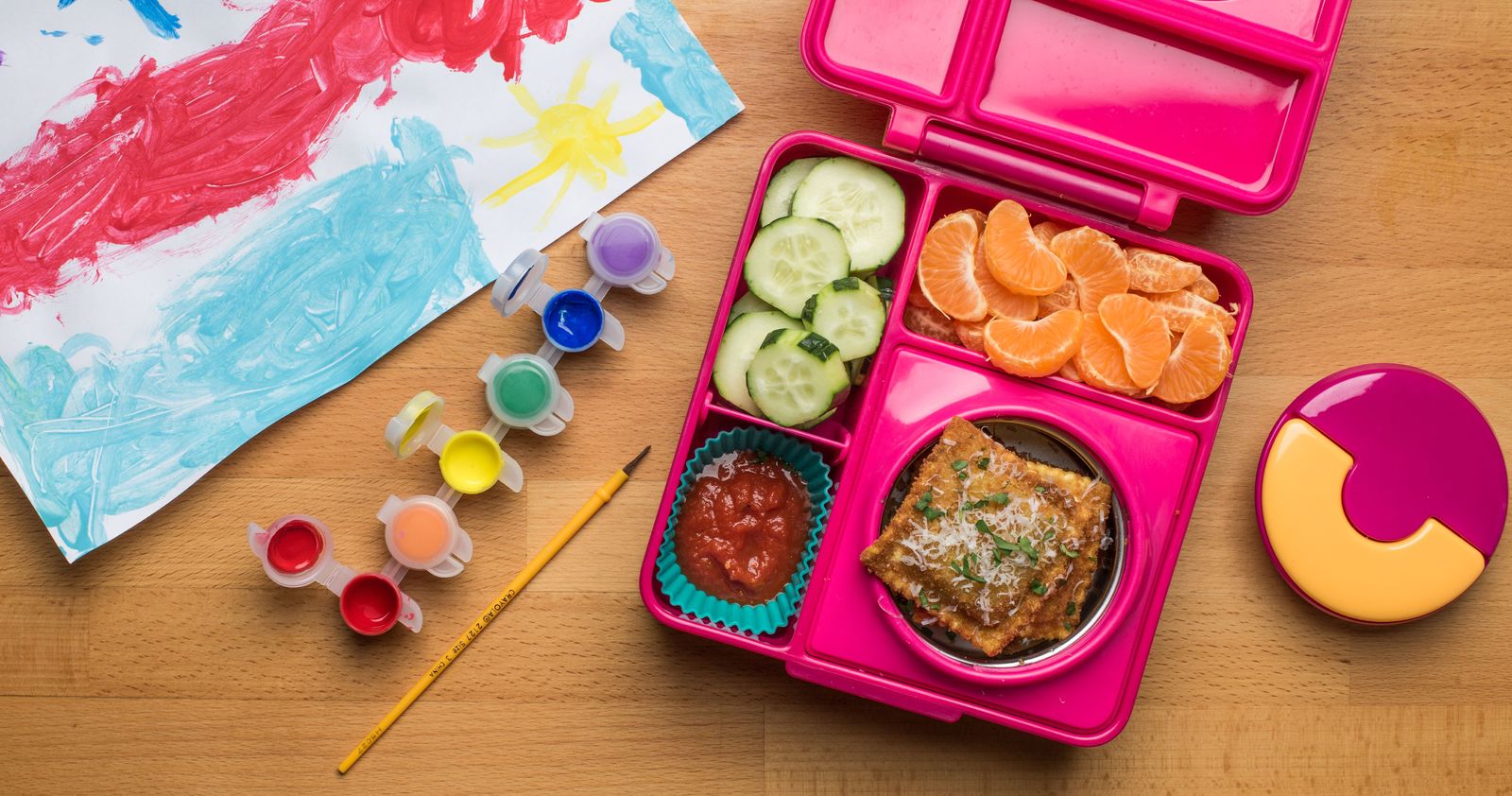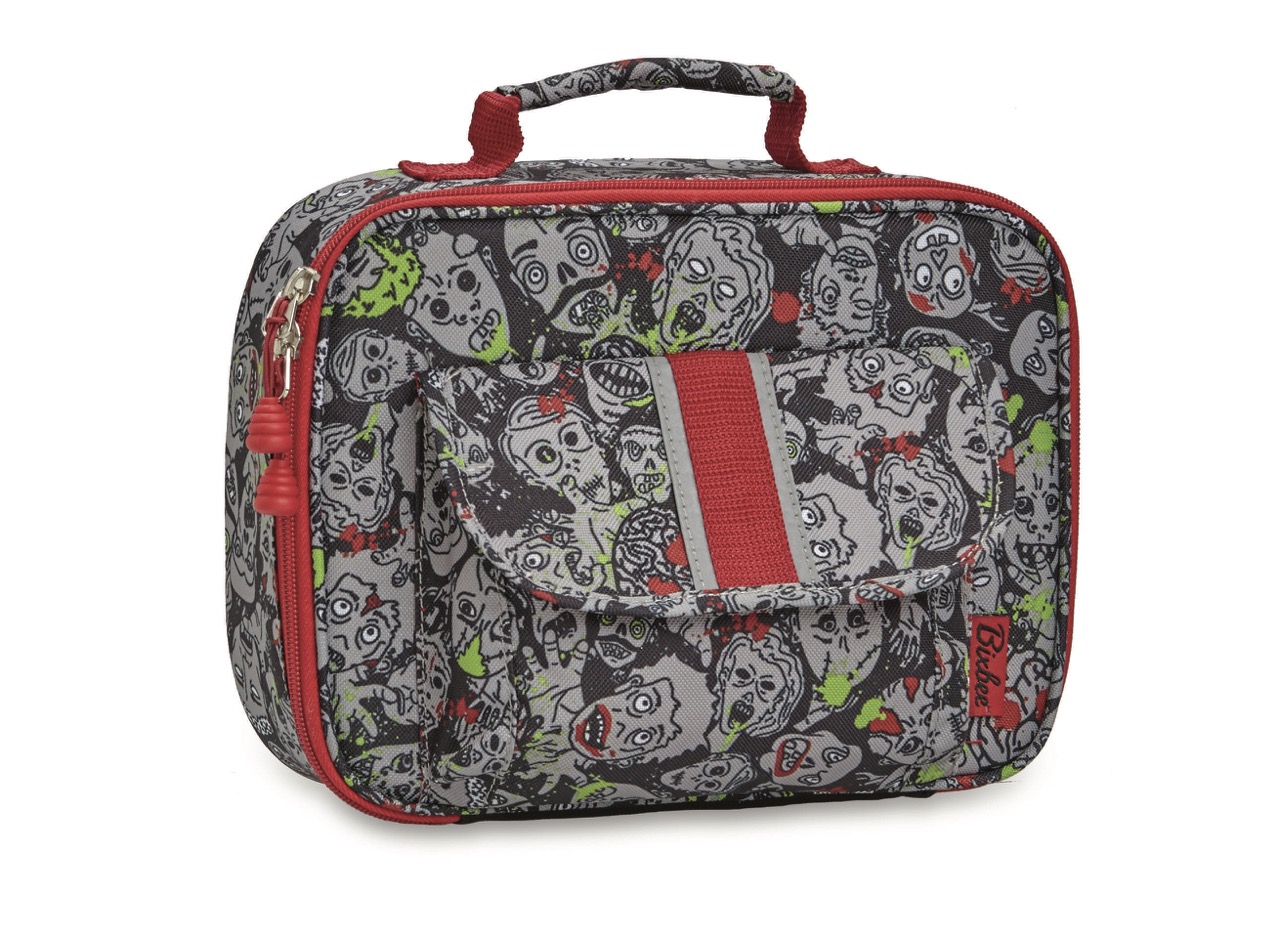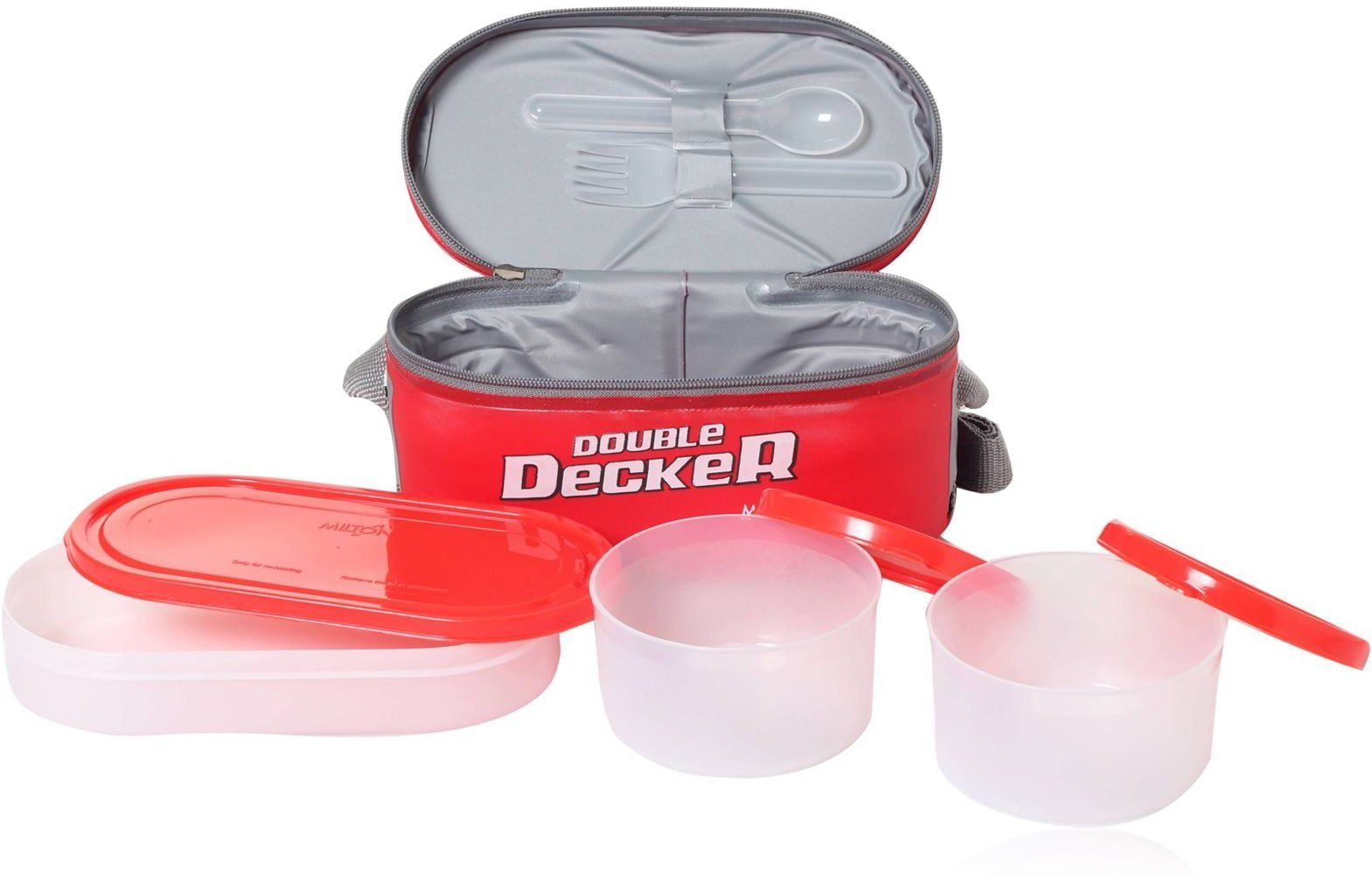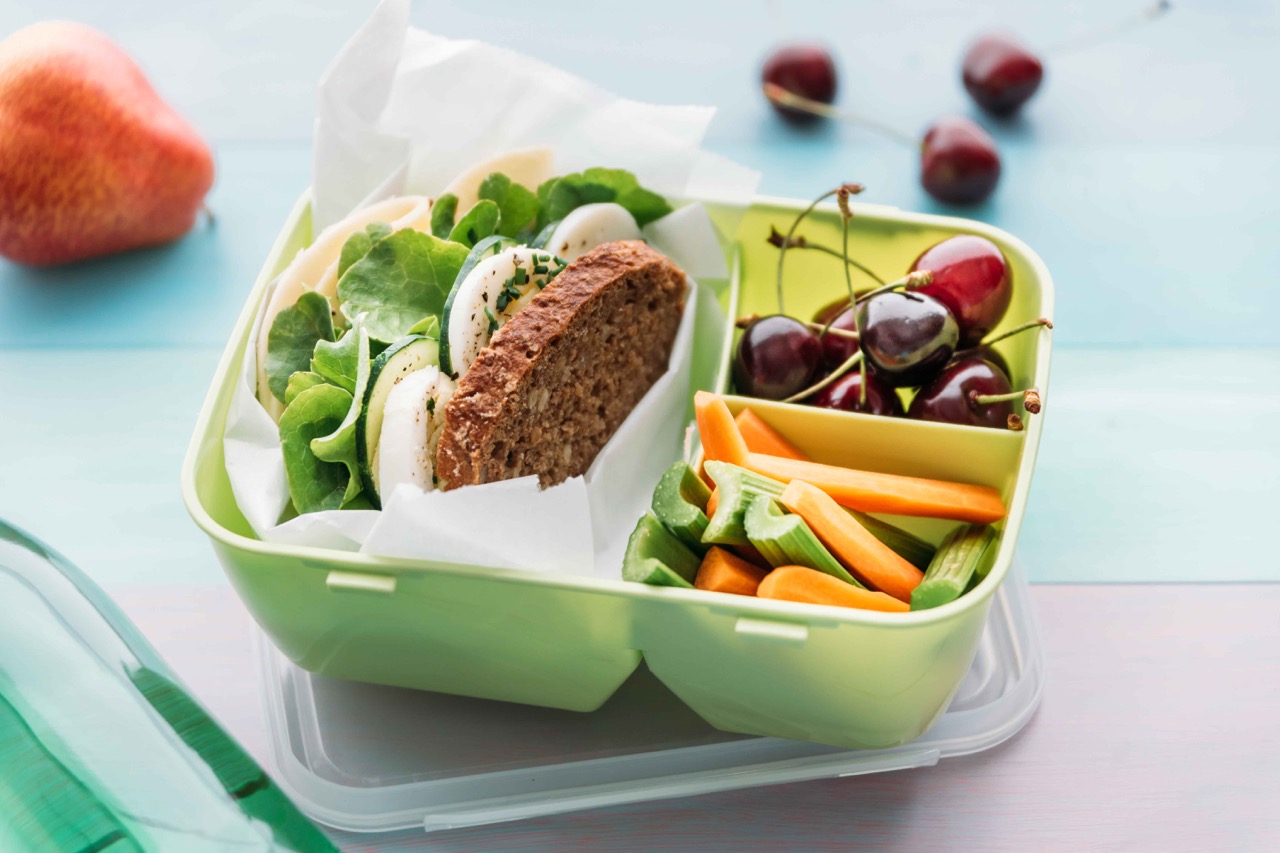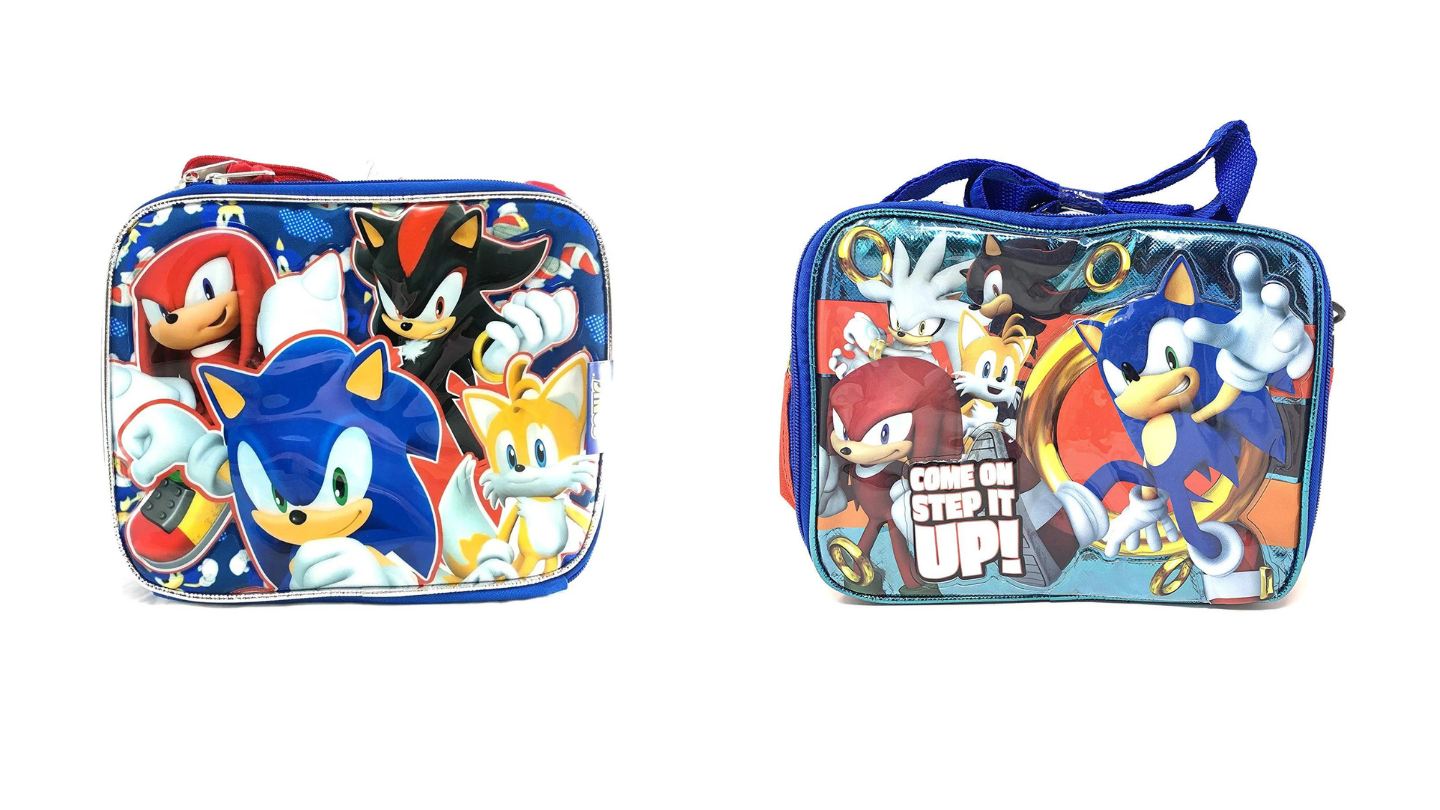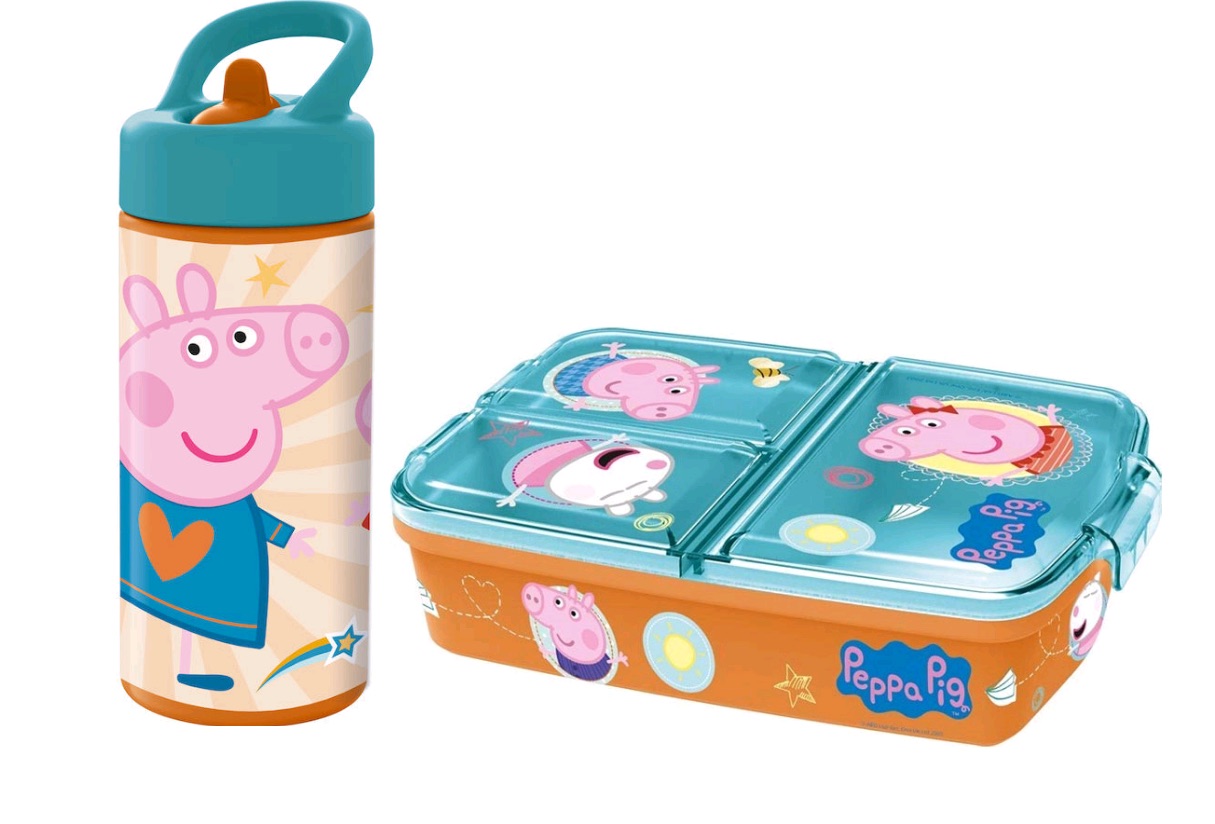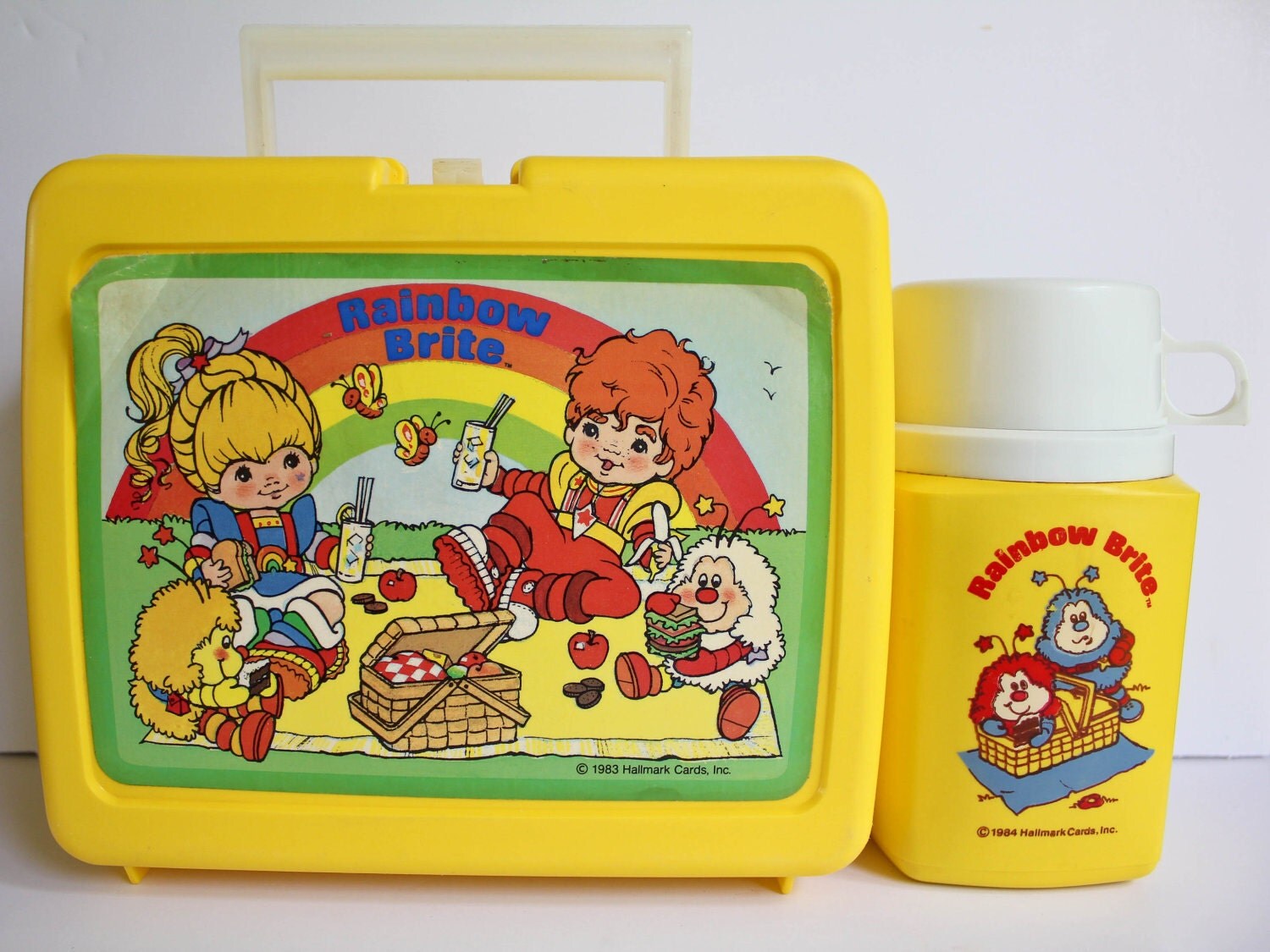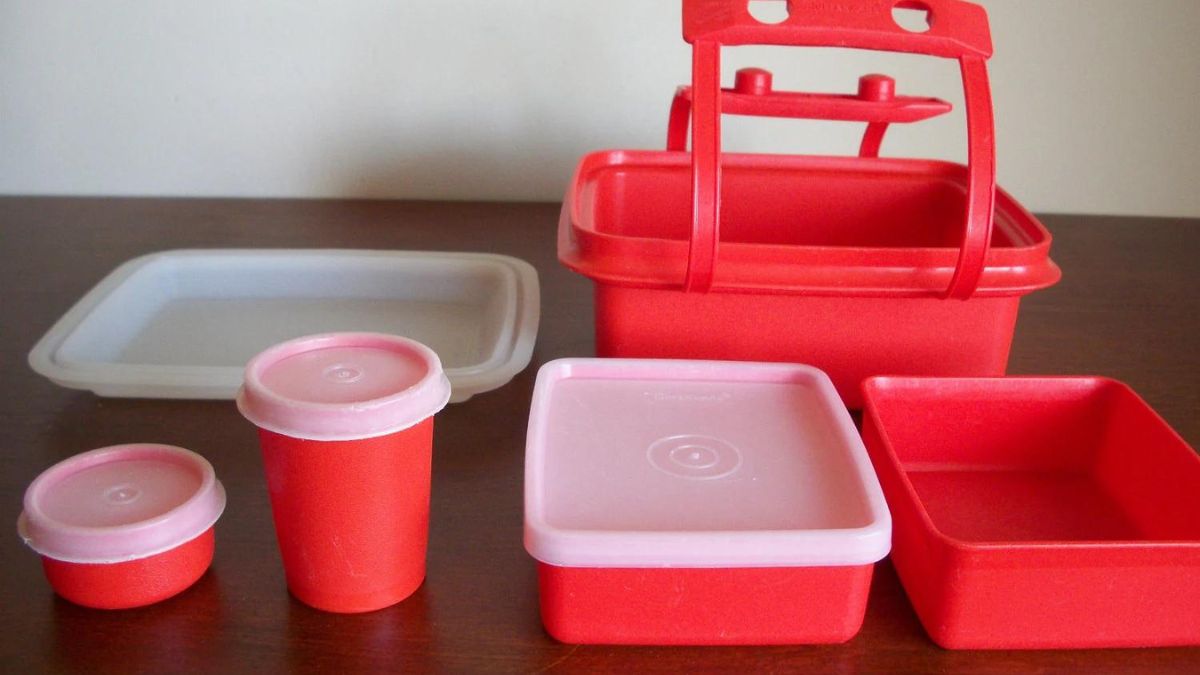Home> Bento Lunch Box
Bento Lunch Box: Ultimate Guide to Healthy & Fun Meals On-the-Go
Discover the world of Bento Lunch Box meals. Learn how to make easy, nutritious, and visually appealing bento lunches for everyone. Get started today!
9 Amazing Omiebox Bento Lunch Box With Insulated Thermos For Kids for 2024
By: Oliver Mitchell • Articles
